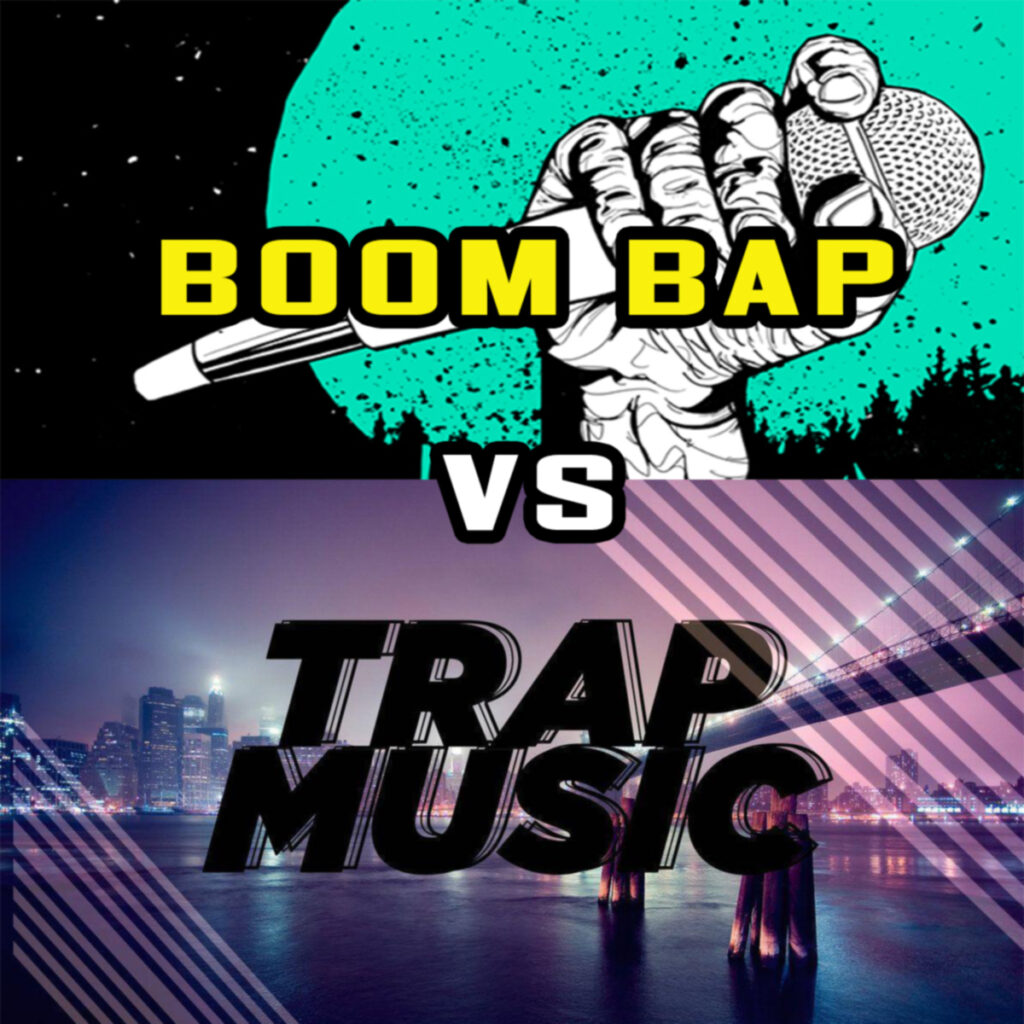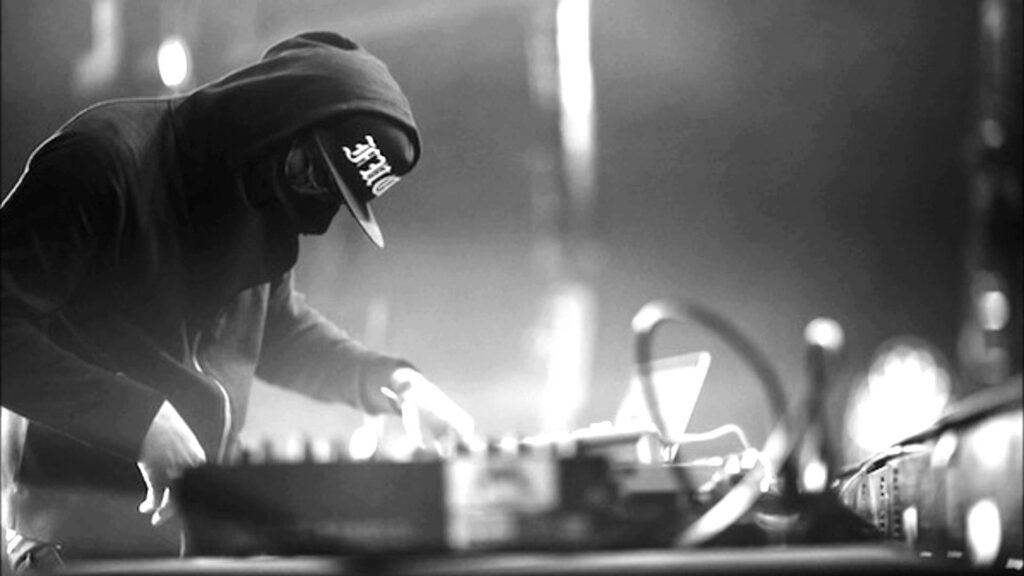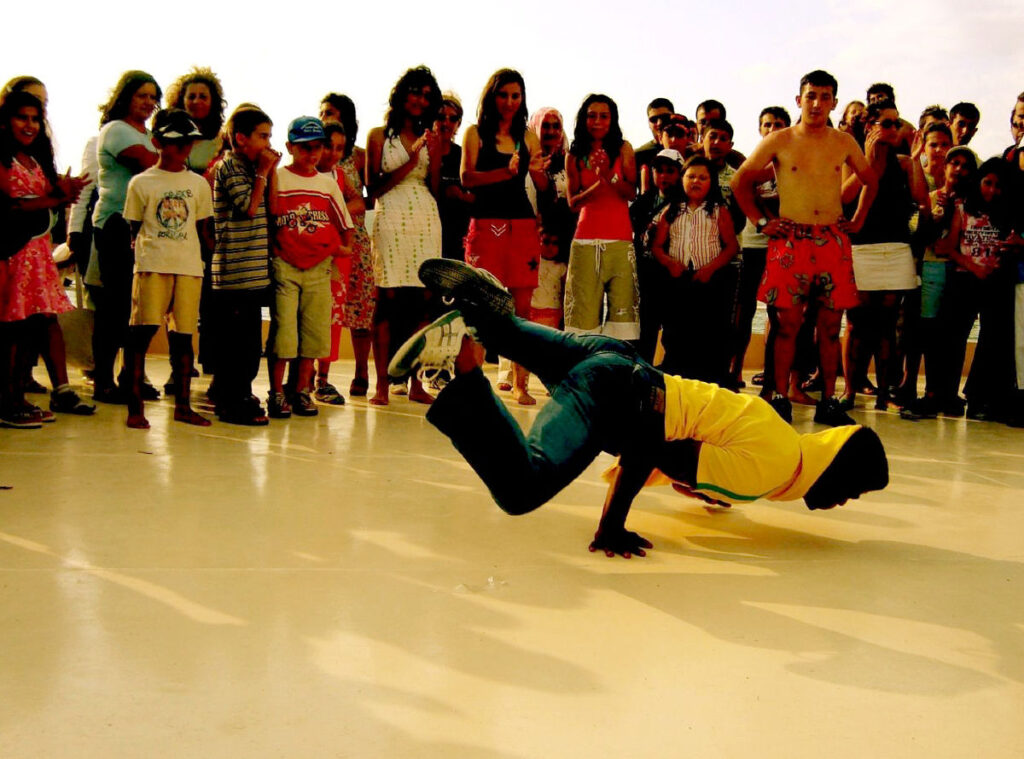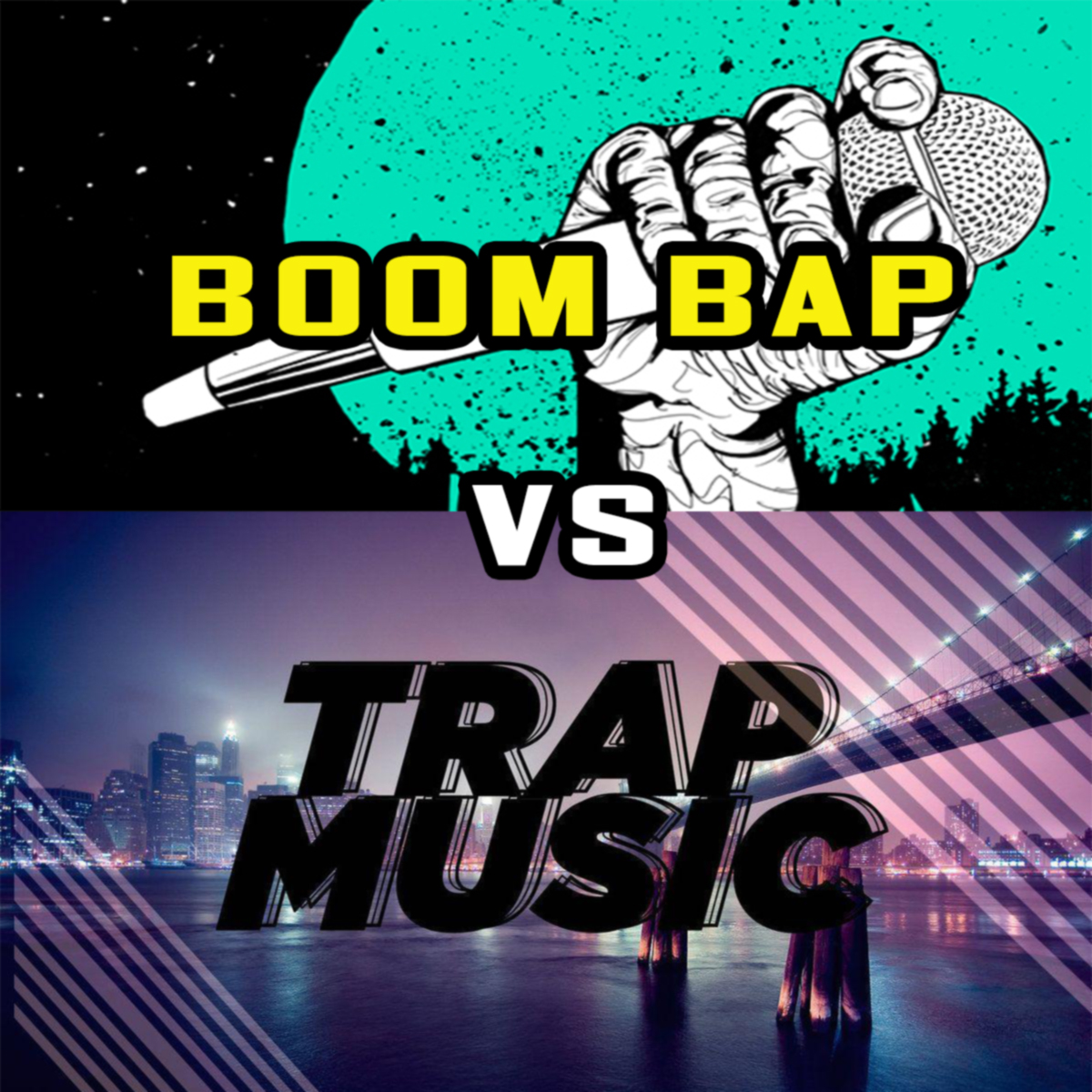
So much is going on in 2020 with the corona virus, presidency and life. Hip hip has transformed and it’s giving a headache to the boom bap rappers. Trap has become the new wave of hip hop. But is it hip hop? A large majority of hip hop heads consider trap to be a pop version of the hip hop essence. They feel it’s watered down versions of true hip hop. What do you think?
as per Wikipedia ”
Hip hop or hip-hop is a culture and art movement that was created by African Americans, Latino Americans and Caribbean Americans in the Bronx, New York City. The origin of the name is often disputed. It is also argued as to whether hip hop started in the South or West Bronx.[1][2][3][4][5] While the term hip hop is often used to refer exclusively to hip hop music (including rap),[6] hip hop is characterized four key elements: “rapping” (also called MCing or emceeing), a rhythmic vocal rhyming style (orality); DJing (and turntablism), which is making music with record players and DJ mixers (aural/sound and music creation); b-boying/b-girling/breakdancing (movement/dance); and graffiti.[7][2][8][9][10] Other elements are: hip hop culture and historical knowledge of the movement (intellectual/philosophical); beatboxing, a percussive vocal style; street entrepreneurship; hip hop language; and hip hop fashion and style, among others.[11][12][13] The fifth element, although debated, is commonly considered either street knowledge, hip hop fashion, or beatboxing.

The Bronx hip hop scene emerged in the mid-1970s from neighborhood block parties thrown by the Black Spades, an African-American group that has been described as being a gang, a club, and a music group. Brother-sister duo DJ Kool Herc, and Cindy Campbell additionally hosted DJ parties in the Bronx and are credited for the rise in the genre.[14] Hip hop culture has spread to both urban and suburban communities throughout the United States and subsequently the world.[15] These elements were adapted and developed considerably, particularly as the art forms spread to new continents and merged with local styles in the 1990s and subsequent decades. Even as the movement continues to expand globally and explore myriad styles and art forms, including hip hop theater and hip hop film, the four foundational elements provide coherence and a strong foundation for hip hop culture.[2] Hip hop is simultaneously a new and old phenomenon; the importance of sampling tracks, beats, and basslines from old records to the art form means that much of the culture has revolved around the idea of updating classic recordings, attitudes, and experiences for modern audiences. Sampling older culture and reusing it in a new context or a new format is called “flipping” in hip hop culture.[16] Hip hop music follows in the footsteps of earlier African-American-rooted and Latino musical genres such as blues, jazz, rag-time, funk, salsa, and disco to become one of the most practiced genres worldwide.
In 1990, Ronald “Bee-Stinger” Savage, a former member of the Zulu Nation, is credited for coining the term “Six elements of the Hip Hop Movement,” inspired by Public Enemy’s recordings. The “Six Elements Of The Hip Hop Movement” are: Consciousness Awareness, Civil Rights Awareness, Activism Awareness, Justice, Political Awareness, and Community Awareness in music. Ronald Savage is known as the Son of The Hip Hop Movement.
As per Wikipedia’

Trap is a subgenre of hip hop music that originated in the Southern United States during the early 1990s. The genre gets its name from the Atlanta slang word “trap,” which refers to a place in which drugs are sold illegally.[2] Trap music uses synthesized drums and is characterized by complicated hi-hat patterns, tuned kick drums with a long decay (originally from the Roland TR-808 drum machine), atmospheric synths, and lyrical content that often focuses on drug use and urban violence.[3][4][5][6] It utilizes very few instruments and focuses almost exclusively on snare drums and double- or triple-timed hi-hats. This is the signature sound of trap music.[7][8]
Pioneers of the genre include producers Kurtis Mantronik, Mannie Fresh, Shawty Redd, Zaytoven, and Toomp, along with rappers Young Jeezy, Drama, Gucci Mane and T.I. (who coined the term with his 2003 album Trap Muzik). However, the modern trap sound was popularized by producer Lex Luger, who produced the influential Waka Flocka Flame album Flockaveli in 2010, and cofounded the prolific hip-hop production team 808 Mafia.

Since crossing over into the mainstream in the 2010s, trap has become one of the most popular forms of American music, consistently dominating the Billboard Hot 100 throughout the decade, with artists such as Drake, Cardi B, Migos, Future, Lil Uzi Vert, 2 Chainz, Post Malone, XXXTentacion, and Travis Scott (among many others) all achieving No. 1s on the chart with songs that belong to the trap subgenre.[9][10][11][12] It has influenced the music of many pop artists, such as Ariana Grande, Beyoncé, Miley Cyrus, Demi Lovato, Rihanna, Taylor Swift and Selena Gomez.[2][13] Its influence can also be heard in reggaetón and K-pop.[13] In 2018, hip-hop became the most popular form of music for the first time ever (according to Nielsen Data), coinciding with trap’s continued rise in popularity.[14] In 2019, the trap-inspired country/rap crossover “Old Town Road” by Lil Nas X (featuring Billy Ray Cyrus) broke the record for spending the most weeks (19 weeks) at No. 1 on the Billboard Hot 100 chart, as well as becoming the fastest song to reach a Diamond Certification

Trap music doesn’t keep the foundation of of true hip hop so we must understand that it is watered down from the true essentials of hip hop. Hip hop was created during difficult times and was created as an outlet for artists to express themselves during hard times of our society. Trap music continues to rip the charts while Boom bap music has been sunken into the ground. Due to the wanting of trap music boom bap has been pushed back. As a result people are forgetting the true essence of hip hop. With every artists wanting to create trap which was created in the south it has taken every state by storm to jump on the new sub genre.
Hip hop is the only genre that does not have sub genres. Yet there is different forms of hip hop. That means when a new sub genre of trap is created people believe it is hip hop. imagine a world where they would put greats like Rakim, big daddy Kane, biggie, 2 Pac, big pun all classified as trap when it’s not. My point is Hop hop should have sub genres so people understand the difference but it doesn’t exist.
You can not say its the same when it’s actually not. Times have changed but the hood remains the same. Hip hop was created from the hardships of the environment with victorious artists rhyming about their ever day hardships opposed to the trap sound that was created in the south. everyone cant have the same sound in the 90’s but in the future it seems everyone is copying the same sound so it doesn’t sound the same.
Boom bap was different then this current genre and you can hear it in every artists opposed to todays sound of trap. What do you think about today’s subject? Should trap music be considered hip hop or a sub-genre of hip hop?
Gee Dark – writer




